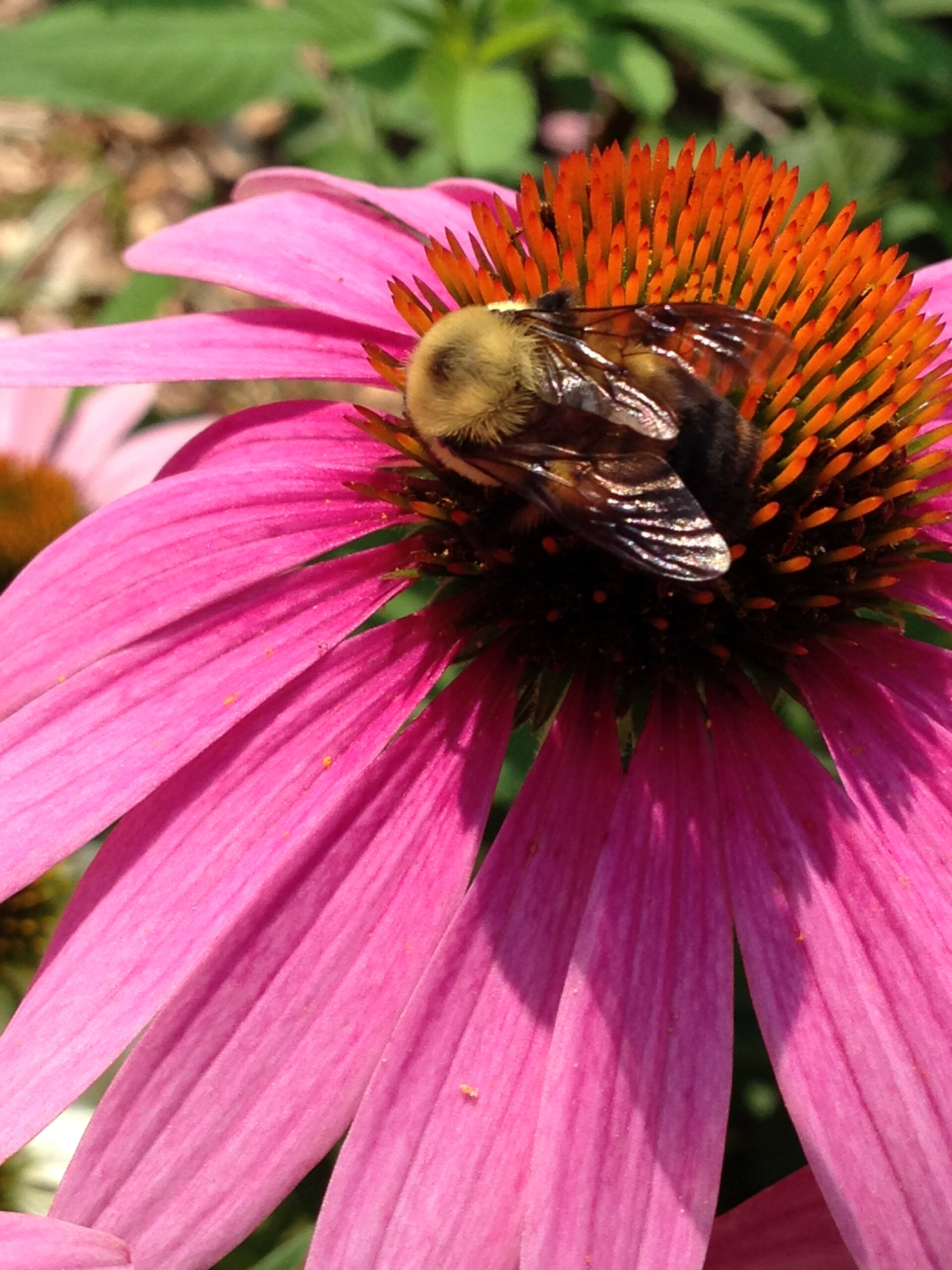Origins of Earth Day
Earth Day is upon us. Rachel Carson’s 1962 book Silent Spring is often considered the impetus for the movement for drawing attention to environmentally harmful practices. The now-famous day arose from environmental concern and advocacy in the 1970s. EarthDay.org, the organization which oversees Earth Day and is the “world’s largest recruiter to the environmental movement”, provides a thorough review of the history and metamorphosis of the day of advocacy. Specifically, it outlines the concerns of the environmental movement occurring in the late 1960’s. Among them were air pollution and the harm of agricultural pesticides to humans (both of which are still prevalent) and the 1969 Santa Barbara oil spill. It ultimately resulted in what we now think of as Earth Day on April 22, 1970. The first Earth Day took place under the leadership of Senator Gaylord Nelson (D) of Wisconsin working in conjunction with Congressman Pete McCLoskey (R) of California. These two individuals, student activist Denis Hayes, and 85 of Hayes’s staff planned and carried out the event.
Earth Day as Advocacy
Earth Day was intended as part education and part organized demonstrations. This two part advocacy campaign advocates “against the impacts of 150 years of industrial development which had left a growing legacy of serious human health impacts”. Each subsequent Earth Day has acted as a platform to address environmental concerns informed by scientists. Earth Day 2010, for example, fore-fronted concerns about climate change denial. Climate change is the result of carbon and greenhouse gases that become trapped in the atmosphere. The two largest major contributors, according to the EPA are, Carbon Dioxide (80%) and Methane (10%). This trapped carbon heats up earth temperatures, melts glacial ice, creates extreme weather patterns, and causes sea levels to rise among other negative impacts.

NASA has curated images that layer images to show the impacts of climate change. Earth Day 2010 was the first Earth Day to address the immediacy of climate change. Specifically, the need to act to reduce carbon output.
Celebrating Earth Day
One common Earth Day activity is planting. This commonly involves planting trees that can take in carbon dioxide and produce oxygen, although any plant will accomplish the same task. Gardening has had a resurgence as individuals have regained interest in not only the sources of their food, but how it is produced. For an interesting review of the intersection of food, culture, agriculture, and history, Tom Standage’s Edible History of Humanity is an excellent read. Are you interested in gardening, but not sure how to get started? Gardens do not need to be large, in fact you can grow a garden in a pot or planter. There are also resources online to help you plan your garden, regardless of the size of the space. The Rutgers Master Gardeners are also available for questions about gardening, hours vary by NJ county, including garden planning and seed selection.
The Seed Savers Exchange, a non-profit gene bank offers resources on saving seeds from plants that you have grown in your garden, as well as preserving heirloom (seeds passed from generation, or within a community that are open pollinated, and retain their qualities from one generation to the next), began in 1975. Their organization prioritizes “the biodiversity of our food system—and our planet—by preserving rare, heirloom, and open-pollinated varieties of seeds in our seed bank”. Biodiversity describes the broad diversity of living things, from the Honduran white bat, to zucchinis shaped like pumpkins like the Ronde de Nice. The organization has a heavy focus on education as well as connecting interested gardeners with diverse seed. When selecting seeds, select produce, flowers, and plants that you like to eat or find aesthetically pleasing. A vegetable garden and/or fruit garden is a great way to always have fresh produce. Consider creating a garden with a purpose that has meaning to you. For example, a pollinator garden to create forage for animals and insects such as hummingbirds, bees, and butterflies.

bumblebee on a pink echinacea flower Image Credit to Rutgers Gardens
Earth Day is now an international event that draws attention to the impact humans have on the environment while also empowering individuals to make changes in their own lives and communities. Earth Day 2021 will feature three days of summits. Events include the Youth Speaks Summit, the We Shall Breathe Summit, and Teach for the Planet. According to Earthday.org, an average of 1 billion individuals are involved in Earth Day activities annually. Visit this link to see what virtual and in-person events are happening this year, and please comply with all local health ordinances.
Earth Day is now an international event that draws attention to the impact humans have on the environment while also empowering individuals to make changes in their own lives and communities. Earth Day 2021 will feature three days of summits. Events include the Youth Speaks Summit, the We Shall Breathe Summit, and Teach for the Planet. According to Earthday.org, an average of 1 billion individuals are involved in Earth Day activities annually. Visit this link to see what virtual and in-person events are happening this year, and please comply with all local health ordinances.